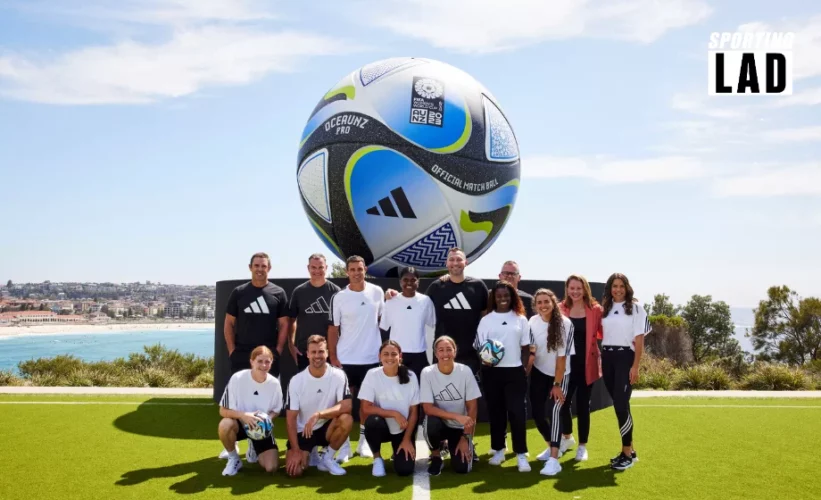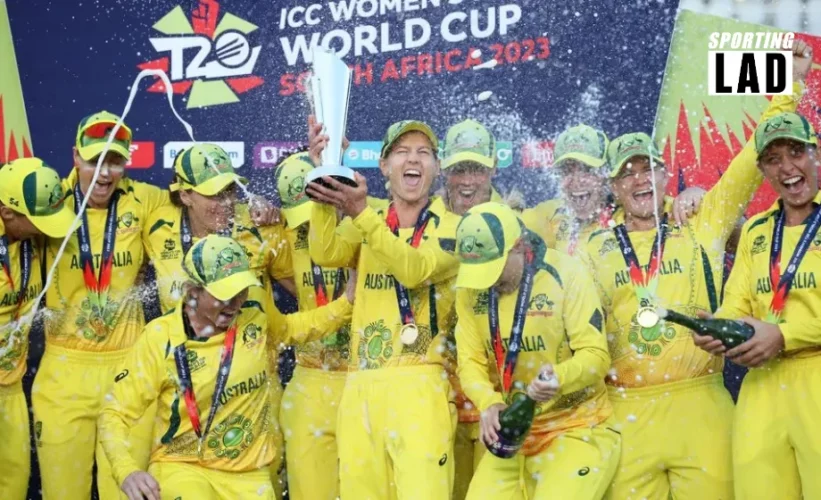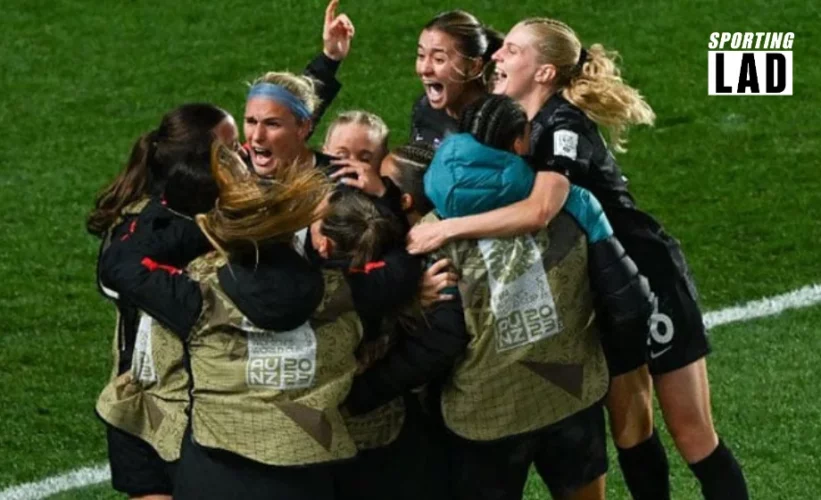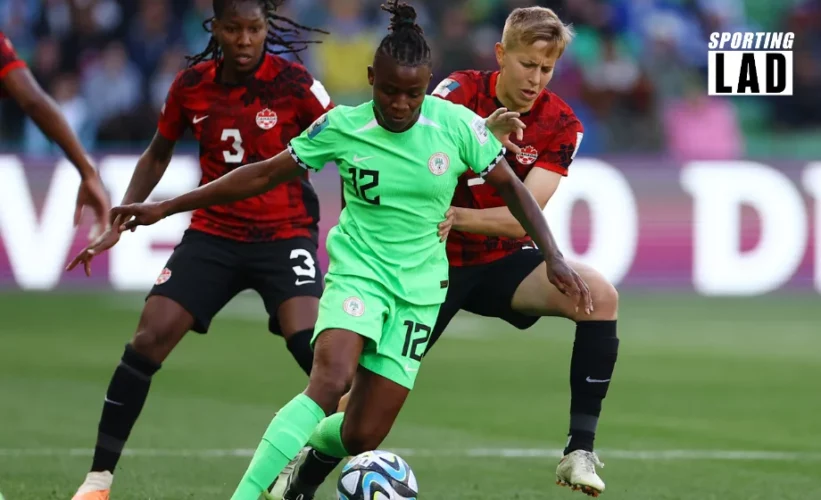Within the rapid-paced global of soccer, the FIFA Women’s World Cup is an eagerly expected event that captures the attention of thousands of fanatics international. As we appear in advance to the imminent tournament in 2023, one query arises: how is the football made?
In this complete article, we will delve into the difficult information of global football production, shedding mild on the manufacturing process, the materials used, and the important thing gamers are involved in. Join us as we unveil the fascinating international behind the introduction of authentic soccer for the FIFA Women’s World Cup 2023.
The Art of Football Manufacturing
Developing a soccer worthy of the FIFA Women’s World Cup calls for a meticulous manufacturing system that combines precision engineering, revolutionary layout, and advanced craftsmanship. The journey starts with the choice of top-satisfactory substances, ensuring that every ball meets the very best standards of performance and sturdiness.
Material Selection and Production

The primary material utilized in modern soccer production is polyurethane (PU) synthetic leather. This choice is primarily based on its first-rate abrasion resistance, water repellency, and consistent performance throughout distinct playing situations. The PU synthetic leather-based undergoes a rigorous manufacturing method, together with reducing, embossing, and bonding, to shape the outer shell of the football.
In the ball, a couple of layers of material and synthetic substances are cautiously assembled to provide the most excellent form retention, leap, and responsiveness. The bladder, commonly crafted from latex or butyl, is accountable for retaining the ball’s air stress, making sure of constant performance all through the tournament.
Global Production Hubs
The production of FIFA Women’s World Cup footballs is a global undertaking, with production hubs located across continents. Those manufacturing centres play a vital position in assembling the demands of the tournament, imparting a regular supply of exquisite footballs.
Asia-Pacific Region
Famed for its technological improvements and information in fabric manufacturing, nations like China, Pakistan, and Thailand serve as large manufacturing hubs for footballs. Modern factories geared up with cutting-edge machinery ensure efficient manufacturing strategies and strict great manipulation.
Europe
Europe boasts a wealthy culture of football production, with international locations along with Germany, Italy, and France leading the way. These international locations integrate craftsmanship with superior eras, generating footballs that excel in performance and aesthetics.
South America
Brazil, Argentina, and Colombia have emerged as prominent football manufacturing hubs in South America. Recognised for their ardour for the game, those countries exhibit their understanding in creating footballs that embody the spirit of the sport.
Africa
African international locations like Morocco and Tunisia have additionally mounted themselves in the soccer manufacturing industry. Their dedication to excellence has caused the emergence of exquisite footballs, contributing to the worldwide delivery chain.
Key Players in Football Manufacturing
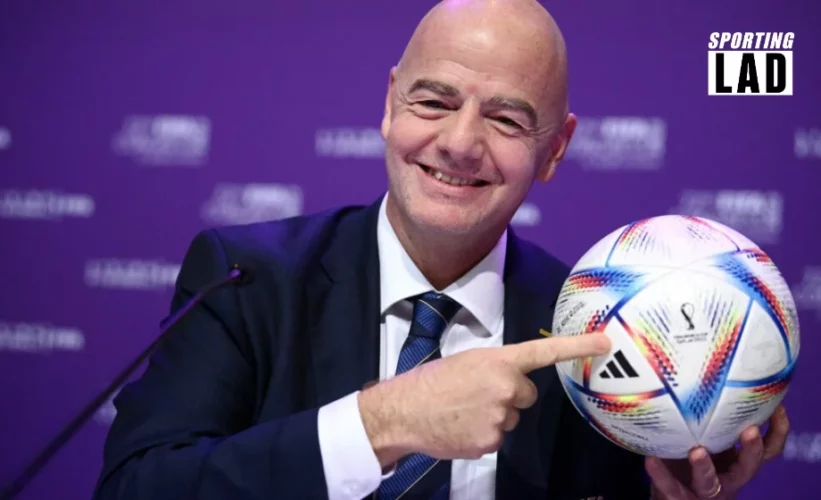
The manufacturing of FIFA Women’s World Cup footballs includes collaboration among several key gamers, each bringing their expertise to the table.
Brands and Suppliers
Renowned sports activity manufacturers, including Nike, Adidas, and Puma, are authentic suppliers of FIFA tournaments. Those brands invest heavily in research and development to create modern-day football designs that optimize overall performance.
Manufacturers
Football producers concentrate on translating design concepts into tangible merchandise. They paint closely with the brands to ensure the final footballs meet the stringent great requirements set via FIFA.
Certification Bodies
Unbiased certification bodies, including SGS and Intertek, play a crucial function in verifying the compliance of footballs with FIFA’s regulations. Their behaviour was rigorous checking out processes to evaluate various factors, including size, weight, and rebound characteristics.
The Journey of a Football
Now that we have explored the producing system and the gamers concerned, let’s take a more in-depth take look at the adventure of soccer, from its manufacturing to its grand debut on the FIFA Women’s World Cup stage.
Design and Prototyping
The introduction of a football starts gradually with conceptualization and design. Using advanced laptop-aided layout (CAD) software, engineers and designers bring their thoughts to life, iterating via various prototypes to attain the favoured overall performance and aesthetics.
Manufacturing
As soon as the design is finalized, the manufacturing process commences. The selected substances are cautiously reduced, formed, and assembled, following a specific series of steps. Superior machinery and skilled exertions make sure that every football meets the strict great requirements.
Quality control
Satisfactory control is a necessary part of the manufacturing procedure. All through manufacturing, random samples are subjected to rigorous testing to ensure consistency in weight, length, and performance. This stringent quality manipulation ensures that only the best footballs make their way to the FIFA Women’s World Cup.
Distribution and Preparation
After the manufacturing system is complete, the footballs are distributed to the participating teams, FIFA officials, and retailers international. Each football is meticulously inspected, inflated to the right pressure, and thoroughly packed, equipped to embark on its adventure to the worldwide stage.
Conclusion
The FIFA Women’s World Cup 2023 will bring together quality female footballers from around the world to compete for glory. Behind the curtain, an international network of producers, providers, and experts collaborate to create the ideal footballs so as to grace the event. From the selection of substances to the precision production procedures, each detail is carefully taken into consideration to make sure optimal overall performance and durability.
As we eagerly await the beginning of the FIFA Women’s World Cup 2023, we can now respect the monstrous attempt and willpower that goes into the production of professional footballs. This comprehensive article has supplied perception into the arena of soccer production, dropping light on the worldwide production hubs, key players worried, and the intricate adventure of football from idea to fact. Allow us to have a good time with the cohesion and excitement of this international occasion, knowing that the footballs at the heart of the movement were crafted with precision and ardour.
Bear in mind, in relation to the FIFA Women’s World Cup 2023, the game starts with the ball, and the ball starts gradually with an extraordinary journey of creation.
Suggested Read: British Open: Rory McIlroy silence speaks volumes
